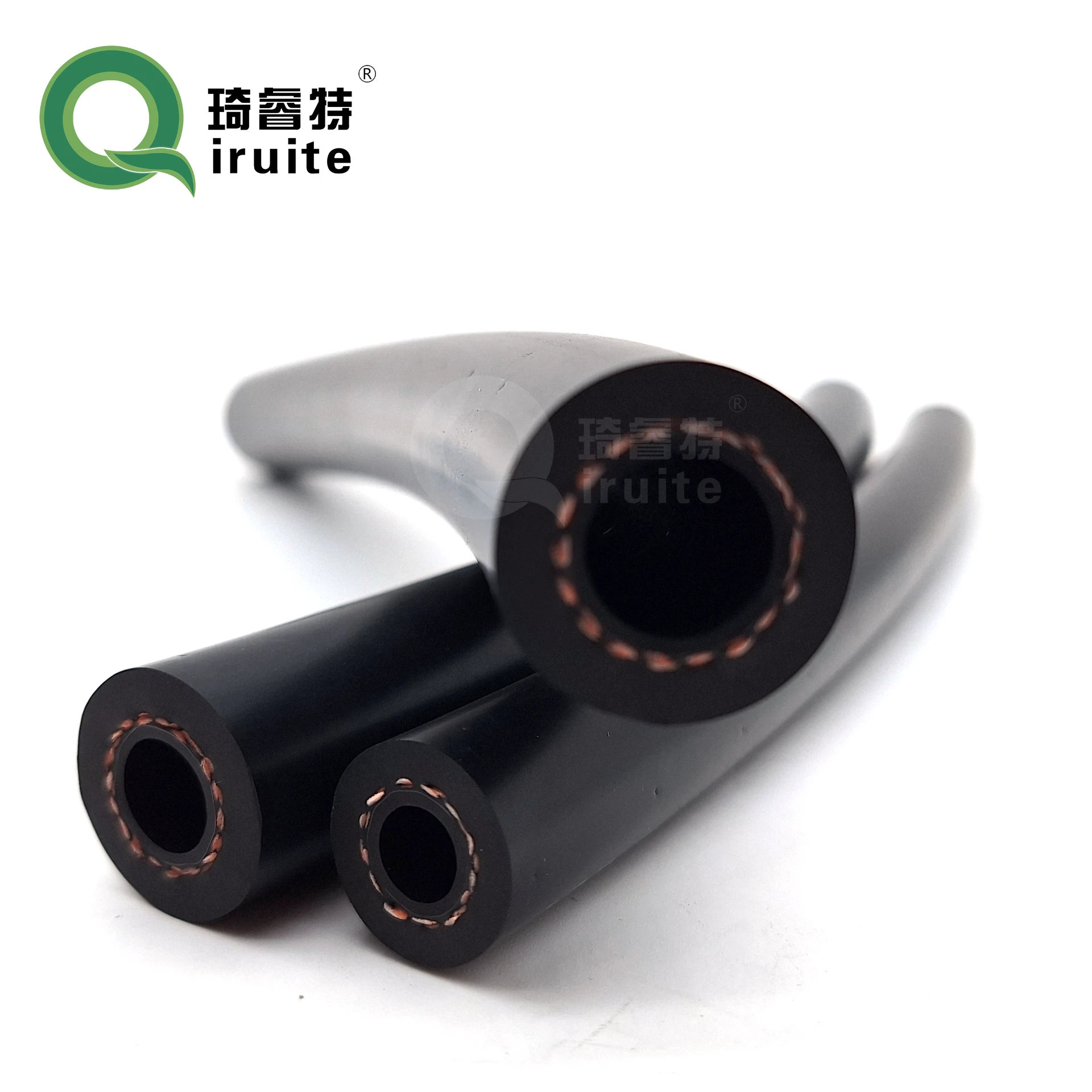R134a Air Conditioning Refrigerant Filling Hose for Efficient Cooling System Maintenance
Understanding R134a AC Refrigerant Charge Hose A Comprehensive Overview
In the realm of automotive air conditioning systems, R134a refrigerant has long been a popular choice for vehicle manufacturers due to its effectiveness and relatively low environmental impact compared to its predecessor, R12. However, understanding how to properly handle and charge R134a refrigerant is crucial for maintaining an efficient cooling system. A key component in this process is the R134a AC refrigerant charge hose.
What is R134a Refrigerant Charge Hose?
A refrigerant charge hose is a specialized tool designed for connecting refrigerant containers to the air conditioning system of a vehicle. This hose is essential for adding R134a to an AC system that is low on refrigerant or for performing routine maintenance. The hose features specific fittings that allow for easy connection to both the high and low-pressure sides of the AC system, ensuring safe and effective charging.
Features of R134a Charge Hoses
R134a charge hoses typically come equipped with several important features
1. Color-Coded Fittings Most charge hoses have color-coded fittings, usually blue for the low-pressure side and red for the high-pressure side. This color-coding helps prevent mistakes during charging and aids in identifying which side needs servicing.
2. Pressure Gauges Many charge hoses include built-in pressure gauges that enable technicians to monitor the pressure levels in the system while charging. This feature is crucial for avoiding overfilling, which can damage the AC system and lead to costly repairs.
3. Durable Construction These hoses are made from robust materials designed to withstand high pressures, ensuring they won't rupture during operation. Proper maintenance and inspection of hoses before use can further enhance safety.
4. Quick-Disconnect Couplers Quick-disconnect fittings allow for swift connections and disconnections, making the charging process more efficient. This is particularly beneficial for technicians who work with multiple vehicles or perform frequent AC services.
r134a ac refrigerant charge hose

The Charging Process
Charging an AC system with R134a using a charge hose involves several steps
1. Preparation Before starting, ensure that the vehicle is turned off, and the AC system is off. Gather your tools, including the R134a refrigerant canister, charge hose, and pressure gauge.
2. Connect the Hoses Attach the blue low-pressure hose to the low-pressure service port, and the red high-pressure hose to the high-pressure service port. Make sure the connections are secure.
3. Start the Engine Turn on the vehicle and set the AC to its maximum setting. This helps facilitate the flow of refrigerant into the system.
4. Monitor Pressure With the engine running, check the pressure readings on your gauges. If the pressure on the low side is significantly lower than recommended levels, it indicates that refrigerant needs to be added.
5. Add Refrigerant Open the valve on the R134a canister to allow refrigerant to flow into the system. Monitor the pressure gauge while adding refrigerant to prevent overcharging.
6. Final Checks Once the system is charged to the recommended pressure, close the valves on the hoses, disconnect them, and take a moment to ensure there are no leaks.
Conclusion
Proper handling of R134a refrigerant charge hoses is essential for maintaining the efficiency and longevity of automotive air conditioning systems. By understanding the features and correct usage of charge hoses, vehicle owners and technicians alike can ensure optimal performance of their AC systems. Regular maintenance and timely charging can significantly enhance driving comfort during hot weather while extending the life of the air conditioning components.
-
Ultimate Spiral Protection for Hoses & CablesNewsJun.26,2025
-
The Ultimate Quick-Connect Solutions for Every NeedNewsJun.26,2025
-
SAE J1401 Brake Hose: Reliable Choice for Safe BrakingNewsJun.26,2025
-
Reliable J2064 A/C Hoses for Real-World Cooling NeedsNewsJun.26,2025
-
Heavy-Duty Sewer Jetting Hoses Built to LastNewsJun.26,2025
-
Fix Power Steering Tube Leaks Fast – Durable & Affordable SolutionNewsJun.26,2025

